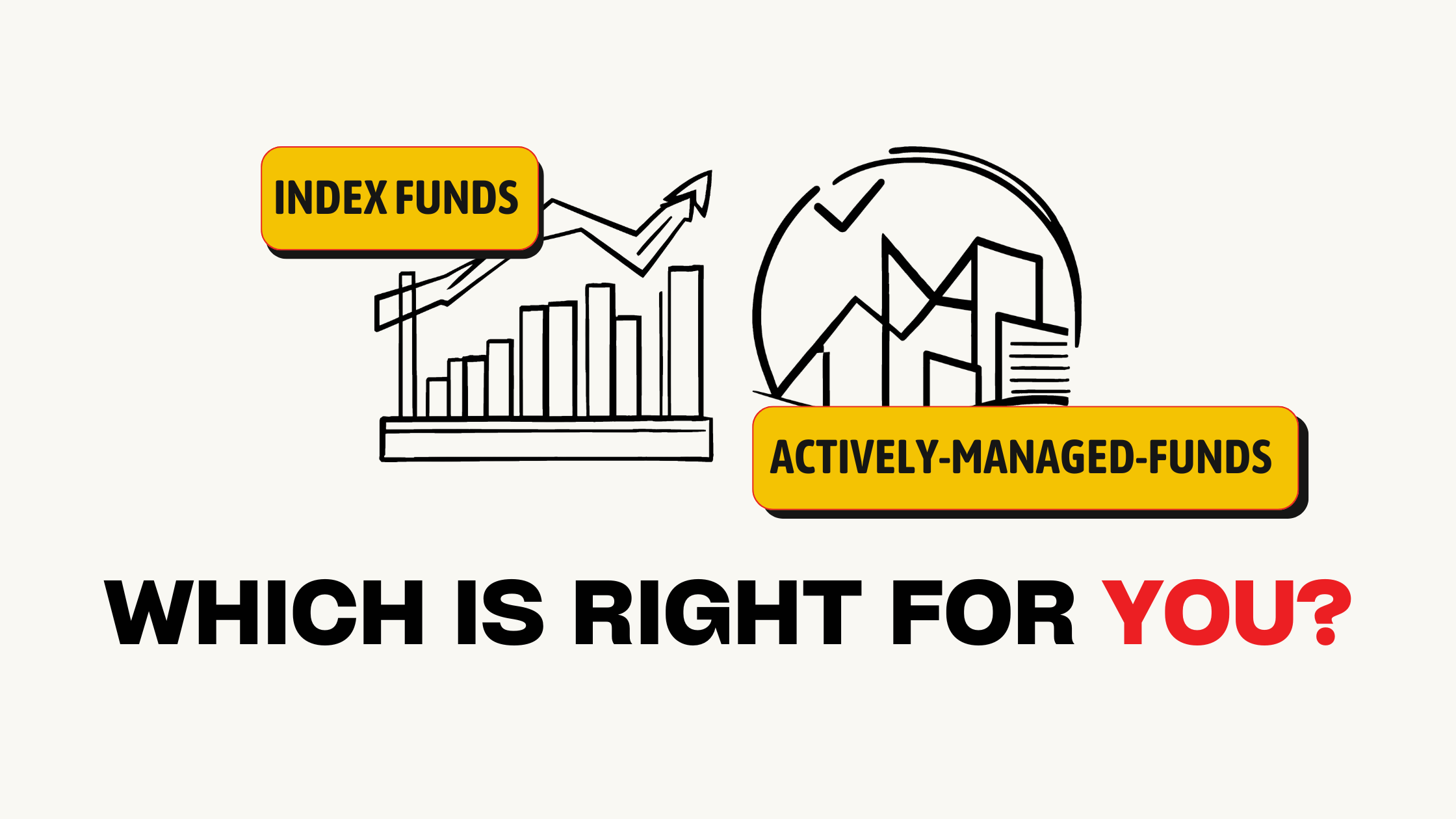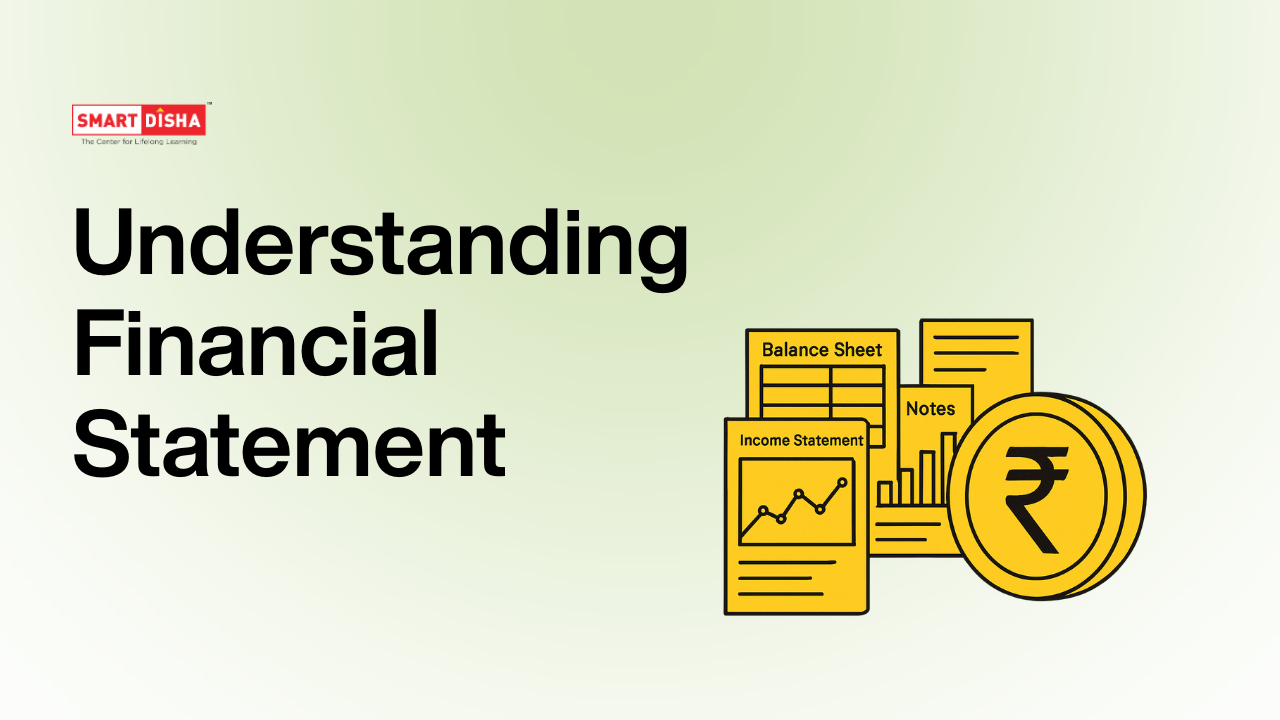When it comes to investing in mutual funds, two main strategies dominate the landscape: Index funds and actively managed funds. Both offer distinct approaches to investing, but they cater to different types of investors and financial goals. Choosing the right one depends on your investment objectives, risk tolerance, and preferences
In this guide, we’ll break down the differences between index funds and actively managed funds, discuss their pros and cons, and help you decide which approach might be better for your portfolio
What Are Index Funds?
Index funds are a type of mutual fund or exchange-traded fund (ETF) that aim to replicate the performance of a specific market index, such as the S&P 500 or the NASDAQ. Instead of relying on a fund manager to handpick stocks or bonds, index funds passively track the market by holding the same assets as the index they follow
Since index funds are passively managed, they don’t require active decision-making about which securities to buy or sell. The goal is to match, rather than beat, the performance of the index
What Are Actively Managed Funds?
In contrast, actively managed funds rely on a professional fund manager or team to make investment decisions. These managers actively research, analyze, and select securities that they believe will outperform the market or a specific benchmark. The aim of an actively managed fund is to achieve higher returns than the index through careful stock picking and strategic asset allocation
Actively managed funds require ongoing monitoring and adjustment by the fund manager, which results in higher fees compared to index funds
Key Differences Between Index Funds and Actively Managed Funds
| Feature | Index Funds | Actively Managed Funds |
| Management Style | Passively managed, tracking a specific index | Actively managed by a professional team |
| Objective | Match the performance of the index | Beat the market or outperform a benchmark |
| Fees and Expenses | Typically low due to passive management | Higher fees due to active research and management |
| Risk | Lower risk as they follow the market trend | Potential for higher returns, but also higher risk |
| Performance Consistency | Often stable and predictable | Performance can be inconsistent, depending on manager |
| Investment Strategy | Long-term, steady growth | Tactical, aiming for short- or medium-term gains |
Pros and Cons of Index Funds
Pros:
- Lower Fees
- Since index funds are passively managed, they typically have lower management fees, resulting in more of your investment staying in your pocket
- Diversification
- Index funds provide instant diversification, as they hold a wide range of securities from different sectors or industries, reducing the risk of poor performance from any single asset
- Consistent Performance
- Because index funds follow the market, they tend to deliver stable and predictable returns over the long term. While you may not see extraordinary gains, you’re also less likely to experience large losses compared to actively managed funds
- Transparency
- Index funds disclose their holdings regularly, and since they follow a public index, investors always know what they are investing in
Cons:
- Limited Growth Potential
- Index funds are designed to match the market, not beat it. If you’re seeking above-average returns, index funds may not meet your expectations
- Market Risk
- Although index funds are diversified, they still reflect the overall performance of the market. If the market declines, your index fund will likely follow suit
Pros and Cons of Actively Managed Funds
Pros:
- Potential for Higher Returns
- Actively managed funds aim to outperform the market, offering the possibility of higher returns than passive strategies like index funds. A skilled fund manager may identify opportunities that a passive strategy would miss
- Flexibility
- Actively managed funds can adjust their strategy based on market conditions, allowing for more dynamic responses to changes in the economy, industry trends, or company performance
- Targeted Investment Approach
- These funds may focus on specific sectors, regions, or asset classes, providing more tailored exposure for investors with particular goals or interests
Cons:
- Higher Fees
- Actively managed funds have higher expense ratios due to the cost of active management, research, and trading. These fees can eat into your returns over time
- Inconsistent Performance
- While actively managed funds aim to beat the market, many fail to do so consistently. Poor decision-making or misjudged market trends can lead to underperformance
- Manager Risk
- The success of an actively managed fund largely depends on the skill and decision-making of the fund manager. If the manager makes poor investment choices, it could negatively impact the fund’s performance
Which Should You Choose?
The decision between index funds and actively managed funds ultimately comes down to your investment goals, risk tolerance, and preference for cost versus potential returns. Here are some factors to consider when choosing between the two:
Choose Index Funds If:
- You’re looking for a low-cost, long-term investment strategy
- You prefer stable, predictable returns over trying to beat the market
- You have a lower risk tolerance and want broad market exposure
- You want to minimize fees and expenses over time
- You don’t want to rely on a fund manager’s performance
Choose Actively Managed Funds If:
- You’re willing to pay higher fees for the potential of above-average returns.
- You believe in the ability of a skilled manager to outperform the market
- You have a higher risk tolerance and are comfortable with volatility
- You’re looking for more targeted investments in specific sectors or regions
- You want a fund that can adapt to changing market conditions
Conclusion: A Balanced Approach?
For many investors, a balanced approach may be the most effective strategy. By combining index funds and actively managed funds in your portfolio, you can take advantage of the low-cost stability of index funds while also seeking out potential growth opportunities through actively managed funds
Ultimately, the best investment strategy depends on your financial goals, time horizon, and comfort with risk. Both index funds and actively managed funds offer valuable benefits, and understanding the differences between them can help you make more informed investment decisions




